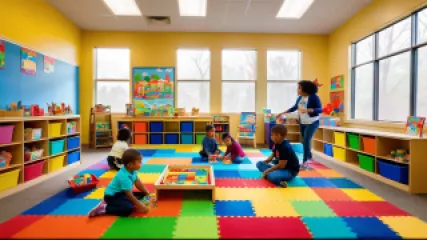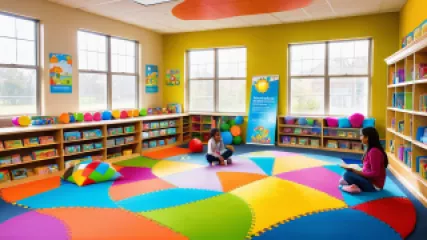The Definitive Guide to Wellness Coaching and Well-Being Techniques
1 year ago
Wellness Coaching
Top 10 Benefits of Hiring a Life Coach for Wellness Coaching
1 year ago
Wellness Coaching
The Psychology Behind Superstitions and Their Impact on Mental Wellness
1 year ago
Psychology Behind Superstitions
Key Cognitive Development Strategies for Early Childhood
1 year ago
Cognitive Development
Why Parenting Tips for Busy Families Are More Important Than Ever
1 year ago
Parenting Tips
Step-by-Step Guide to Ecopsychology Resources for Sustainable Living
1 year ago
Psychology of Sustainability
What is the Role of Wellness Coaching in Stress Management?
1 year ago
Wellness Coaching
The Definitive Guide to Effective Cognitive Development Strategies
1 year ago
Cognitive Development
Effective Self-Care Techniques for Mental Wellness: A Step-by-Step Tutorial
1 year ago
Mental Wellness
Why Online Therapy for Relationships is Key to Building Healthy Bonds
1 year ago
Building Healthy Relationships
Conducting Effective Mental Health and Sustainability Workshops
1 year ago
Psychology of Sustainability
10 Best Webinars for Cognitive Development
1 year ago
Cognitive Development
10 Best Panic Attack Prevention Methods to Try Today
1 year ago
Panic Attacks
Step-by-Step Guide to Dealing with Workplace Bullying
1 year ago
Workplace Bullying
Why Modern Parenting Techniques Need a Fresh Perspective
1 year ago
Parenting Tips















